|
CRG & Pelican
specialist group joint meeting 15-19
March 2017 - Lake Kerkini, Greece
Second
announcement - Program
details inside the last newsletter
the 8th
issue of the CRG Bulletin is available for
download
Project:
‘CormoDist’
Published all the five Intercafe
reports (see below for
info and download links)
CorMan report
Pan-European
status of the breeding population of
Great Cormorants in 2012-2013
Call for paper
anyone interested in publishing a paper
or a note in the Bulletin may take a look
at previous issues
for further information and paper
submission mail to the Bulletin editor S. van Rijn
|
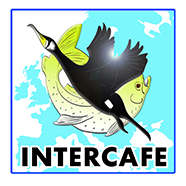 INTERCAFE Final Reports INTERCAFE Final Reports
 |
van Eerden, M.,
van Rijn, S., Volponi, S.,
Paquet, J.-Y. & Carss, D.N.
(2012) Cormorants
and the European Environment;
exploring cormorant status and
distribution on a continental
scale. INTERCAFE COST
Action 635 Final Report I (ISBN
978-1-906698-07-2) |
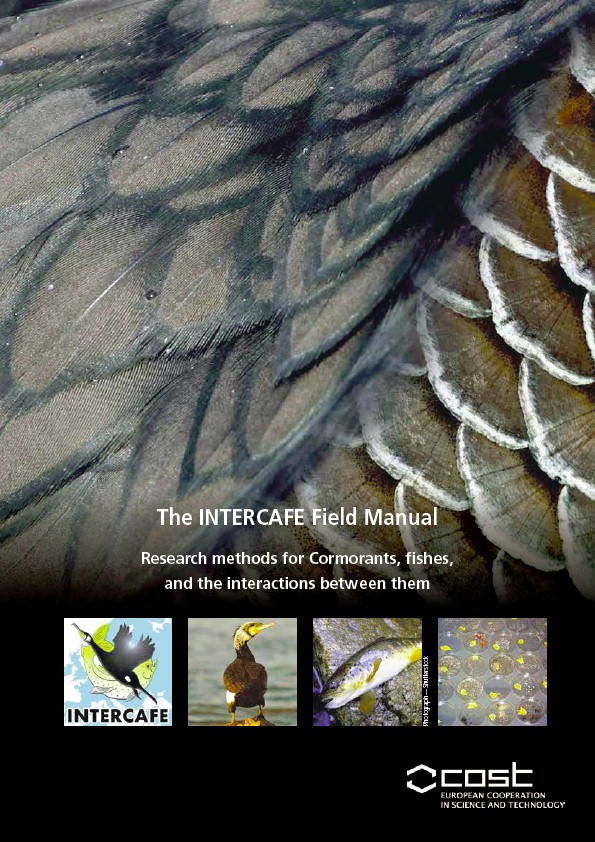 |
Carss, D.N.,
Parz-Gollner, R. &
Trauttmansdorff, J.(2012) The
INTERCAFE Field
Manual: research methods for
cormorants, fishes,
and the interactions between
them. INTERCAFE COST
Action 635 Final Report II (ISBN
978-1-906698-08-9) |
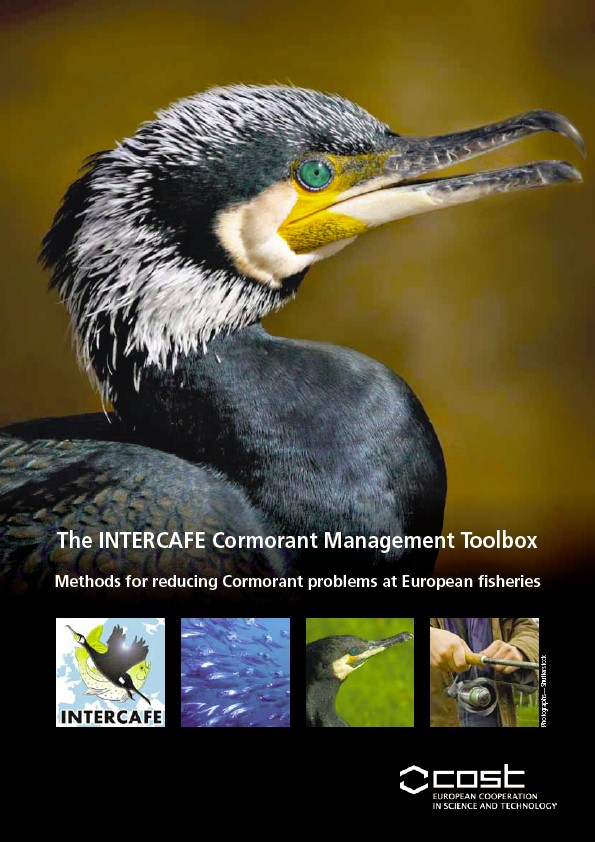 |
Russell, I.,
Broughton, B., Keller, T. &
Carss, D.N. (2012) The
INTERCAFE Cormorant
Management Toolbox: methods
for reducing cormorant problems
at European fisheries.
INTERCAFE COST Action 635 Final
Report III (ISBN
978-1-906698-09-6) |
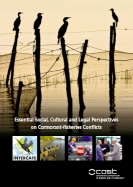 |
Marzano, M. &
Carss, D.N. (2012) Essential
social, cultural and legal
perspectives on
cormorant-fisheries conflicts.
INTERCAFE COST Action 635 Final
Report IV (ISBN
978-1-906698-11-9) |
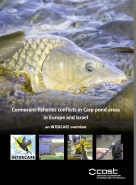 |
Seiche, K.,
Gerdeaux, D., Gwiazda, R., Levai,
F., Musil, P., Nemenonoks, O.,
Strod, T. & Carss, D.N.
(2012) Cormorant-fisheries
conflicts at Carp ponds in Europe
and Israel – an overview.
INTERCAFE COST Action 635 Final
Report V (ISBN 978-1-906698-10-2) |
|
Intercafe project EU - 635 COST
Action (2004-2008) / fact-sheets in English and several
other European languages available at the Intercafe website
|

|
It has become evident that knowledge
about the migration of the sinensis sub-species
of Great Cormorants in Europe is
essential for understanding how dynamic
this species is in its distribution
patterns. Knowledge about migratory
connectivity is also of relevance for the
discussions of effects of natural and
human induced changes in the breeding and
wintering areas.
A new project with the acronym ‘CormoDist’
will use dead recoveries of Great
Cormorants ringed as chicks in order (1)
to quantify the composition of wintering
populations in terms of their breeding
origin and (2) to explore changes over
time in where cormorants from specific
breeding areas spend their winter. The
project is partly EU funded and deals
only with the continental sub-species Ph.
c. sinensis. The CormoDist project is
led by Aarhus University but other
institutions, researchers and key
cormorant ringers are involved to varying
extents. More info about this new project
in the 3rd CRG newsletter. Here you can
download the final
CormoDist report.
|
|
|
CorMan and Cormorant counts in
the western Palearctic
CorMan
is a new initiative taken by the
European Commission. One of the
main goals of this new initiative
is to collaborate with the Cormorant
Research Group in order
to assess the number and
distribution of great
cormorants in Europe during
breeding and winter. The
aim of the joint cormorant count
project Cormorant
Counts in the western Palearctic
is to organise a
pan-European census of breeding
colonies in 2012 and a
census of winter roosts in
January 2013. The new initiative CorMan
also has the aim of developing a website
(platform) under DG Environment.
The website is
available through this link. The
main aim of the Platform is to
disseminate information about
cormorants, cormorant numbers,
management and conflicts related
to cormorants, fish, fisheries
and aquaculture.
link to
the Cormorant counts
in the Western Palearctic
website
developed as an aid for
organizing and conducting counts
of Great Cormorants
link to
the Area Coordinators webpage
There are 2-3 Area
Coordinators (ACs) for each major
area of Europe and countries
further east. People willing to
join the counts are welcome to
contact the ACs or directly
inform their National Coordinator
by compiling the form available here
Winter
Roost Census - mid January 2013
* Manual - count
Great Cormorant roosts (.zip) Cormorant-Roost-Count-Form
(.pdf)
*  Informazioni (.pdf) e scheda raccolta
dati (.xls) per i
censitori italiani Informazioni (.pdf) e scheda raccolta
dati (.xls) per i
censitori italiani
Breeding
Colony Census - spring/summer
2012
* Manual - Count of
Cormorant Colonies - v2 /
Colony-Count-Form (.xls) (.xlsx)
The first
CorMan report, published
in June 2013, reporting results
from the 2012 count of breeding
colonies in a selection of
European countries: Austria,
Belarus, Belgium, Bosnia
Herzegovina, Bulgaria, Croatia,
Denmark, Estonia, Finland,
Germany, Greece, Iceland, Italy,
Latvia, Lithuania, Montenegro,
Norway, Poland, Russia (Gulf of
Finland), Serbia, Spain, Sweden,
Switzerland. http://dce2.au.dk/pub/TR22.pdf - alternative link (25 MB pdf file).
|
|
|